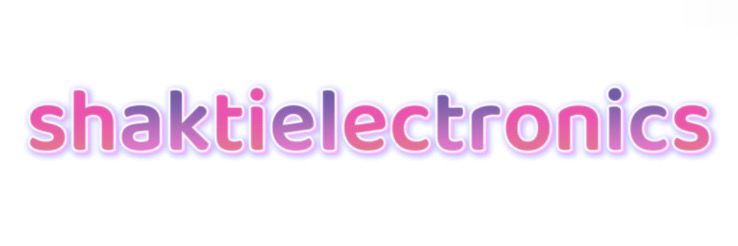How Do Solar Panels Work?
Oct. 08, 2024
Solar energy has become a pivotal aspect of sustainable living, offering an environmentally friendly alternative to traditional energy sources. Understanding how solar panels work not only highlights their significance but also encourages individuals and businesses to embrace renewable energy. In this article, we'll explore the mechanics behind solar panels, their components, and their benefits, while connecting with influential figures in the solar industry.
Understanding Solar Energy
At its core, solar energy harnesses sunlight and converts it into usable electricity. This process involves several key components, primarily solar panels made up of photovoltaic (PV) cells. But what exactly happens inside these panels?
How Photovoltaic Cells Function
The magic of solar panels begins with photovoltaic cells, typically made from silicon. When sunlight hits these cells, it excites electrons, creating an electric current. This process is known as the photovoltaic effect.
The Role of Inverters
While photovoltaic cells generate direct current (DC), most homes and businesses run on alternating current (AC). Here comes the inverter's role. This device converts the DC electricity produced by the solar panels into AC electricity, which can then be used in your home or fed back into the grid.
Solar Panel Components
A complete solar panel system consists of more than just PV cells:
- Mounting Structures: These hold the solar panels in place, often tilted at an angle to maximize sunlight exposure.
- Battery Storage: For off-grid systems or to increase efficiency, batteries can store excess energy for use during non-sunny periods.
- Charge Controllers: These protect batteries from overcharging and prolong their lifespan.
Benefits of Solar Energy
The advantages of switching to solar energy are numerous: decreasing electricity bills, promoting energy independence, and reducing carbon footprints. Additionally, many governments offer incentives for solar installation.
Environmental Impact
Solar power significantly lowers greenhouse gas emissions compared to fossil fuels. By harnessing renewable energy, we contribute to a cleaner planet, aligning with global efforts to combat climate change.
Additional reading:How Do Servo Motor Cables Function?
Economic Incentives
In regions like California, influential advocates such as EnergySage and SEIA continuously push for legislation and incentives that make solar installations more affordable. Following their updates can provide valuable insights into the evolving landscape of solar incentives.
Challenges and Considerations
While solar energy offers numerous benefits, potential users should also consider challenges, such as initial installation costs, space requirements, and local regulations.
Finding the Right Installer
Choosing a reputable solar panel installer is crucial for maximizing the benefits of your system. Influencers and resource hubs like Solar Reviews offer comprehensive reviews and comparisons of installers in your area.
Innovations in Solar Technology
The solar industry is rapidly evolving. Innovations such as solar roof tiles and bifacial panels are making solar energy more accessible and efficient. Keeping an eye on thought leaders in this sector, like Tesla, can provide insights into cutting-edge technologies.
Conclusion
Understanding how solar panels work is the first step toward embracing renewable energy. By connecting with industry influencers and staying informed about technological advances, individuals and businesses can make more informed decisions about their energy needs. Solar energy not only benefits users economically; it plays a crucial role in fostering a sustainable future for our planet.
Want more information on servo motor cables, pvc single cable, pvc single cable? Feel free to contact us.
244
0
0

Comments
All Comments (0)